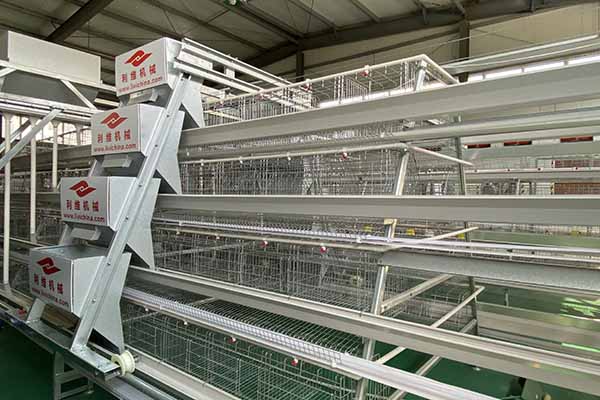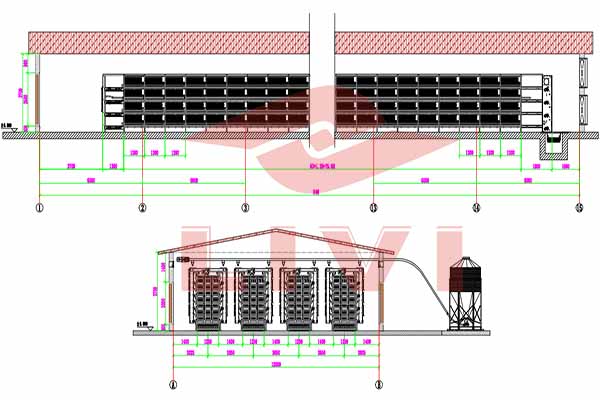How to Increase Egg Production in Chickens: Pro Tips for Poultry Farms
Introduction
Egg production is a crucial aspect of the poultry farming industry. Maximizing egg output can significantly impact your farm’s profitability. In this article, we’ll discuss various strategies to increase egg production in chickens, backed by data and practical insights.
1. Optimal Feeding Practices
A well-balanced diet is the foundation of healthy chickens and high egg production. Ensure that your chickens receive:
- High-quality feed with a balanced protein content (usually around 16-18% for layers).
- Calcium-rich feed to support shell formation.
- Amino acids and vitamins to enhance egg quality.
According to a study published in the Journal of Animal Science, increasing the protein content in feed from 16% to 18% can lead to a 4-5% increase in egg production.
2. Lighting Schedule
The lighting schedule plays a vital role in regulating the laying cycle. Chickens are more likely to lay eggs during the daylight hours. Here’s a suggested schedule:
- 8-12 hours of light per day during the laying season.
- Gradually decrease light hours as the days get shorter to prevent early molt.
Implementing an automated lighting system can help maintain a consistent schedule, which is essential for maximizing egg production.
3. Healthy Living Conditions
Chickens need a comfortable and hygienic environment to thrive:
- Adequate space for each bird, typically around 4-5 square feet per bird.
- Regular cleaning and maintenance of the coop to prevent diseases.
- Temperature control, ideally around 70°F (21°C), to ensure optimal laying conditions.
Poor living conditions can lead to reduced egg production and increased mortality rates.
4. Breeding Programs</hhyphen; Selecting the right breeds and implementing a proper breeding program can also enhance egg production:
- Choose breeds known for high egg production, such as Leghorns or Hy-Line W36.
- Regularly cull low-producing hens to maintain a productive flock.
Breeding for better egg production can lead to an average increase of 3-5% in egg yield.
5. Regular Health Checks</
Monitoring the health of your chickens is crucial for preventing diseases that can decrease egg production:
- Conduct regular health checks and vaccinations.
- Address any signs of disease promptly to prevent it from spreading.
Preventing disease outbreaks can save you money and maintain a high level of egg production.
Conclusion
Increasing egg production in chickens involves a combination of proper feeding, lighting, living conditions, breeding programs, and health management. By implementing these strategies, you can achieve significant improvements in your farm’s productivity.
For more information on how to optimize your poultry farm, contact us today. We offer free design plans and equipment quotes for our LIVI mechanical solutions. Get in touch with our experts to take your farm to the next level!





